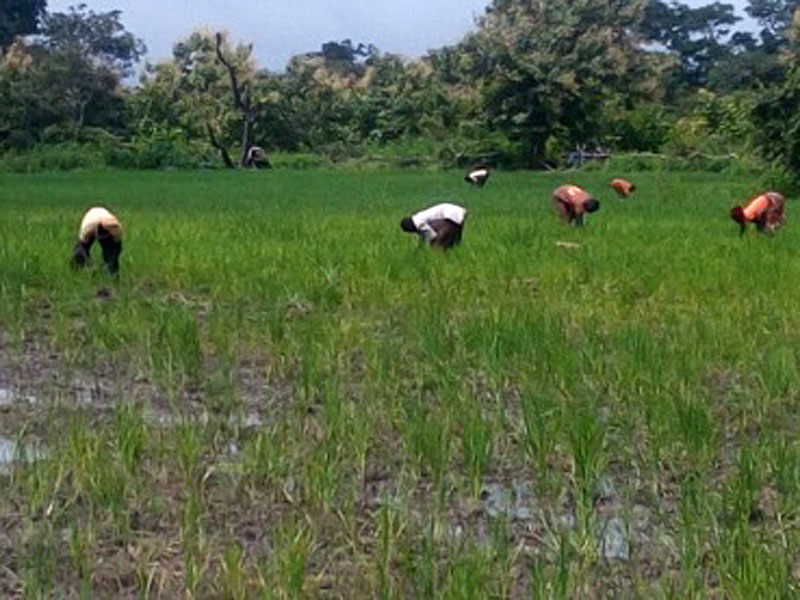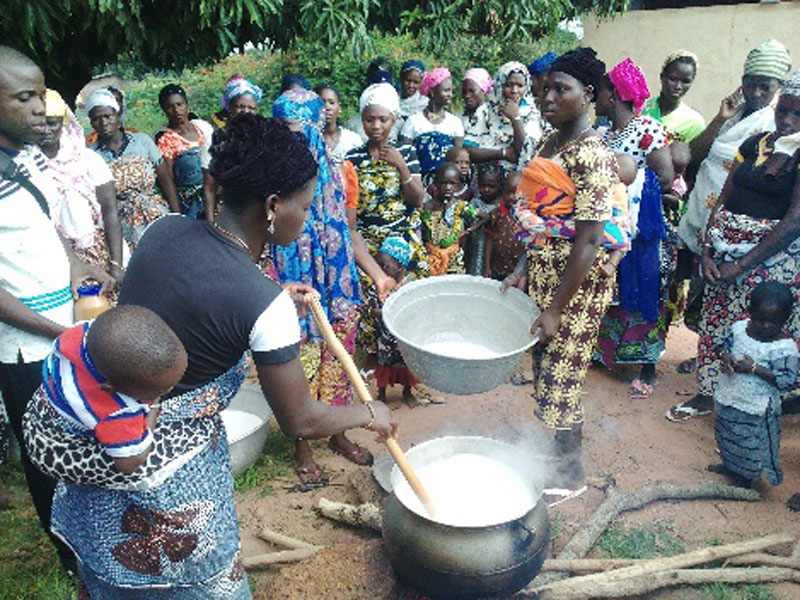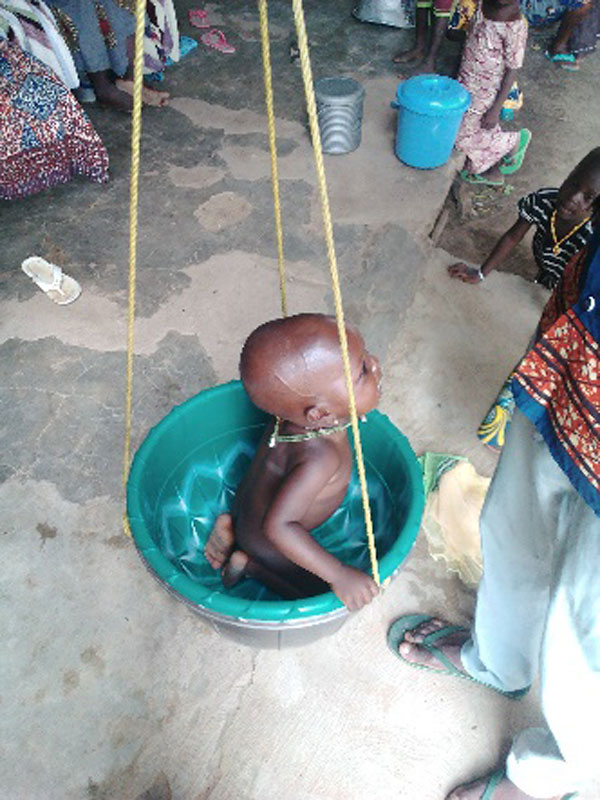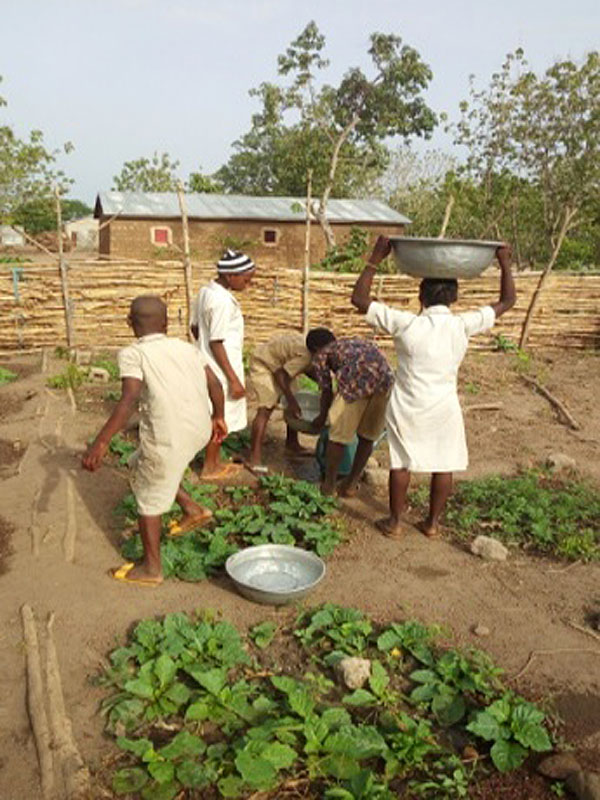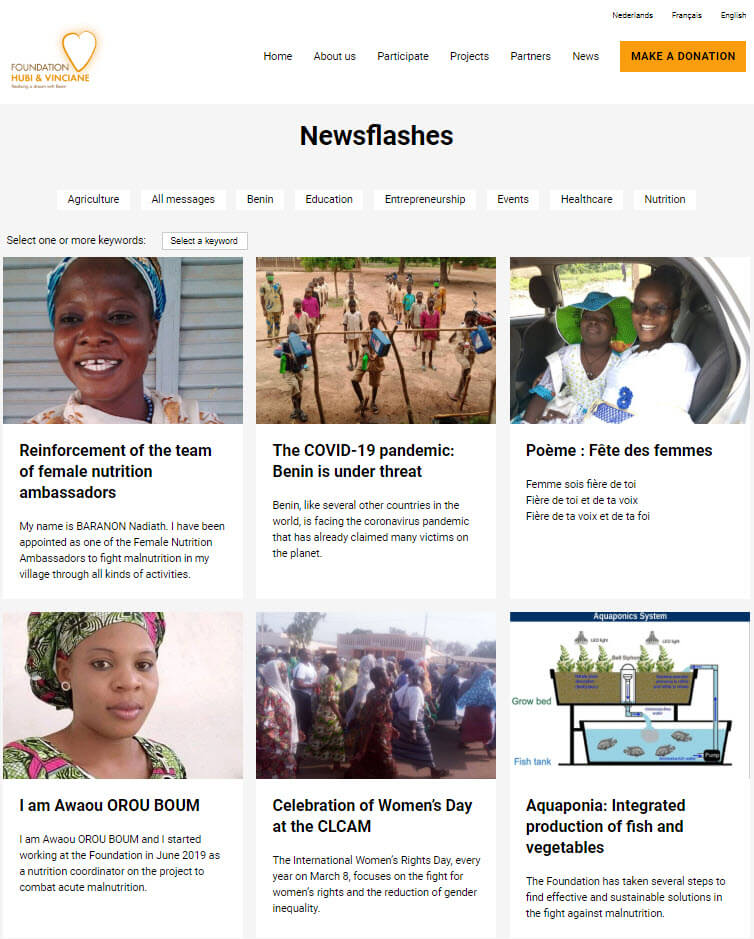The fight against malnutrition through a multisectoral approach
The Hubi and Vinciane Foundation proves its worth
Malnutrition is one of the diseases that continues to have a hard skin in developing countries despite the various efforts made to eradicate it. It is at the root of more than 45% of the deaths of children aged 0-59 months. In Benin, 32% of the under-five child population suffers from stunted growth. Within this same population, 5% of children are emaciated. Pregnant and lactating women are another target for malnutrition due to deficiency because nearly 58% of women aged 15 to 49 are anaemic.
The complexity of the immediate and underlying causes of malnutrition is one of the reasons that make it difficult to eradicate this condition because it affects several sectors at the same time. It is, therefore, necessary to establish a synergy of action between the sectors concerned.
For some years now, the Hubi and Vinciane Foundation has been implementing a synergy of action between the education, health and agriculture sectors for an effective fight against malnutrition due to deficiency in children under five years of age, pregnant women and breastfeeding women.
Through the agriculture sector, several projects have been implemented to ensure food security for the population at the grassroots level and the empowerment of women. In partner schools and colleges, school gardens have been installed to facilitate the promotion of fruit and vegetable consumption among pupils as well as the supply of fruit and vegetables to canteens and other catering providers.
In the health sector, several activities are carried out through nutrition projects. Several screening campaigns for acute malnutrition have been carried out in the intervention villages. Malnourished children detected during these campaigns are cared for free of charge at different levels of the health pyramid according to their form of acute malnutrition. Nutritional education and cooking demonstration sessions are regularly organised within the community to help them prepare their meals with the available food. Pupils are also made aware of the benefits of a healthy and balanced di
In the education sector, in addition to the cross-cutting actions of other sectors, drinking water supply and hygiene infrastructures have been built to facilitate hygiene and sanitation in places of learning.

